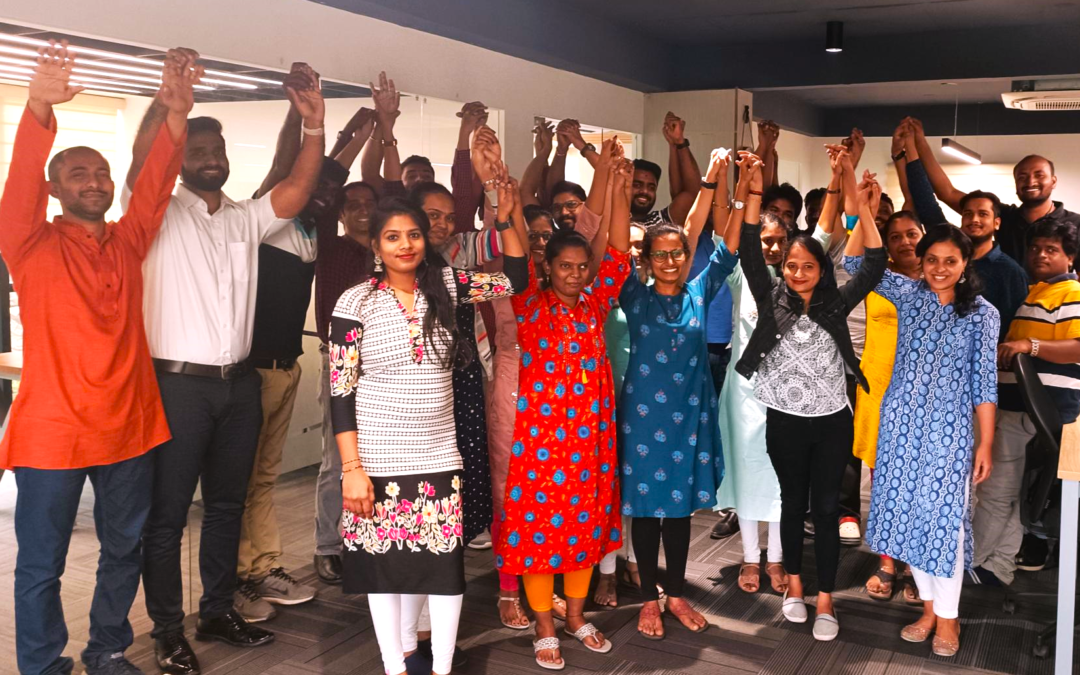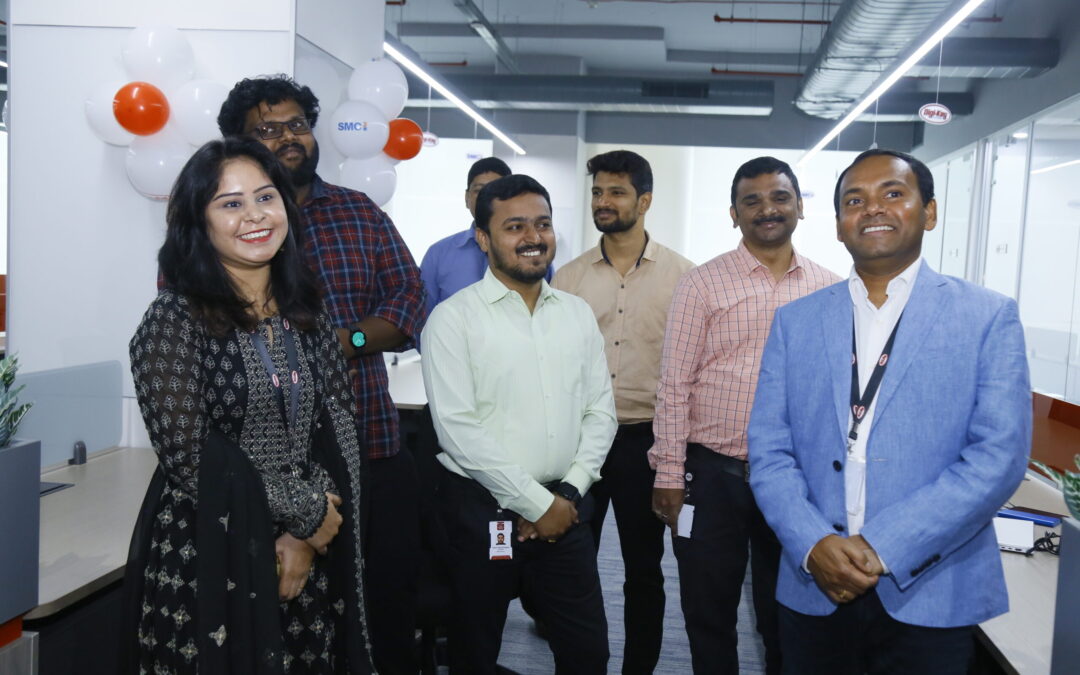

How to Avoid Hidden Costs of Offshore Hourly Rates
by Steven Stephan, SVP of Global Services, SMC
“Procurement likes to compare hourly rates because it’s easy. But the issue is that the invoice at the end of the month for a committed amount of work is what matters, not what the hourly rate states. Overtime, 45-hour billing weeks, etc. are ways to make your hourly rate look lower to win deals.”
Many Global Insourcing Center RFPs ask for hourly rates as a selection criterion to support cost control or optimization. Hourly rates themselves are easy to compare but do not accurately reflect the actual costs to deliver services or projects. Fixed bids make an attempt at solving this issue, but are often laced with caveats and take a significant effort to understand the scope.
Also, many people believe that although the rates in India are lower, it takes more resources to deliver the same value as a US resource. Ratios such as 3:1 or 2:1 are often cited, demonstrating a lack of understanding of India’s technical capabilities and, more so, the opportunity to optimize under a global team structure.
SMC² has solved this issue by focusing on value generation instead of billable hours. Our teams are measured at the same level as their US counterparts in terms of productivity. This is expressed as 1:1 productivity. We provide the necessary time each week to guarantee a US-full time equivalent of contribution.
SMC² will commit contractually to meeting a company’s pre-defined productivity standard (hourly effort estimation, story points, or any other qualitative metric as fits within the client’s methodology). Overtime pay, although incurred as a natural part of a software development lifecycle, is never billed from SMC².
Here are the most common hidden costs in an hourly bill rate to be considered when comparing options.
We suggest that our clients:
- Make sure the rate is not dependent on a 45-hour billable week. This hides an additional 12.5% increase over the quoted billable hour.
- Understand how your vendor partner commits to a productivity level vs. just providing hourly expertise. Should it take 60 hours to do a 40- hour task? Many companies find that the traditional India IT services companies use 20 – 40% more resources because they incent billable hours, not value to the client. See how we worked with Fossil to increase productivity. (LINK TO https://smc2.com/case-study-outsourcing-reboot/)
- How many times has your service provider fixed the same problem vs. taking the time to solve it with root cause resolution? The reality is that eliminating the problem would reduce future billable hours
To learn more about how we can help your company avoid hidden costs and accelerate digital capabilities click here.
- To learn more about SMC Squared’s approach to building an employee-centric team, click here.
- Read more about how SMC Squared partners with clients to save an average of 42% on IT talent as they turn to our innovative Global Insourcing Centers.
- Want to go inside a GIC? Click here.
More Perspectives:

SMC2 Blog: Building an Engaged and Retained Team for Your Global Capability Center
In the journey of establishing a Global Capability Center (GCC), one of the pivotal steps, as discussed in our previous article “How to Hire the Right People for Your GCC in India”, is ensuring you have the right team on board. However, the journey doesn’t end there. As COO and Co-Founder of SMC Squared Steven Stephan emphasizes, “Initiating, recruiting, and nurturing a team that’s not just skilled but is also deeply engaged and retained is equally crucial.”

How to Hire the Right People for Your Global Capability Center (GCC)
To address this crucial need for adaptability, we proudly present GCC-as-a-Service, a game-changing approach that offers CIOs unparalleled freedom in selecting the services they need, and nothing more.

SMC Squared: Pioneering Innovation and Collaboration at NTTC 2023
To address this crucial need for adaptability, we proudly present GCC-as-a-Service, a game-changing approach that offers CIOs unparalleled freedom in selecting the services they need, and nothing more.

Introducing GCC-as-a-Service: Empowering Multinational Companies to Build and Manage Global Capability Centers with Flexibility and Ease
To address this crucial need for adaptability, we proudly present GCC-as-a-Service, a game-changing approach that offers CIOs unparalleled freedom in selecting the services they need, and nothing more.
Scale Your Tech Output: Step 1
Complimentary Strategic Assessment Meeting. Send us a message and tell us when would be a convenient time to learn more about what a Global Insourcing solution can do for your organization.
